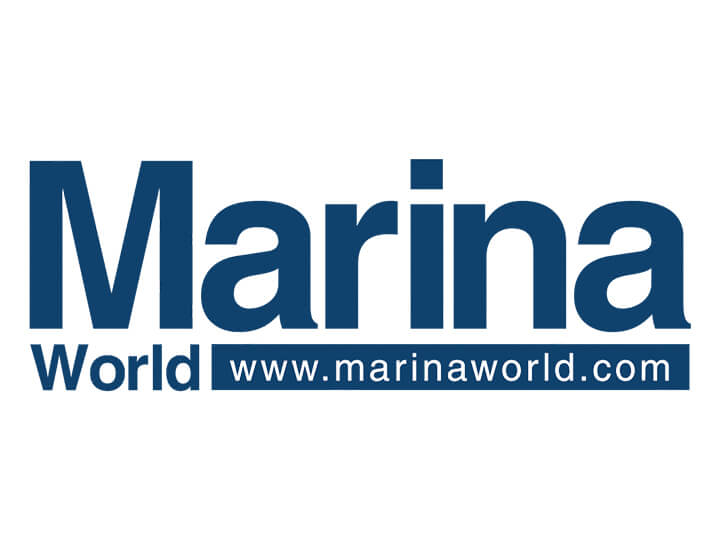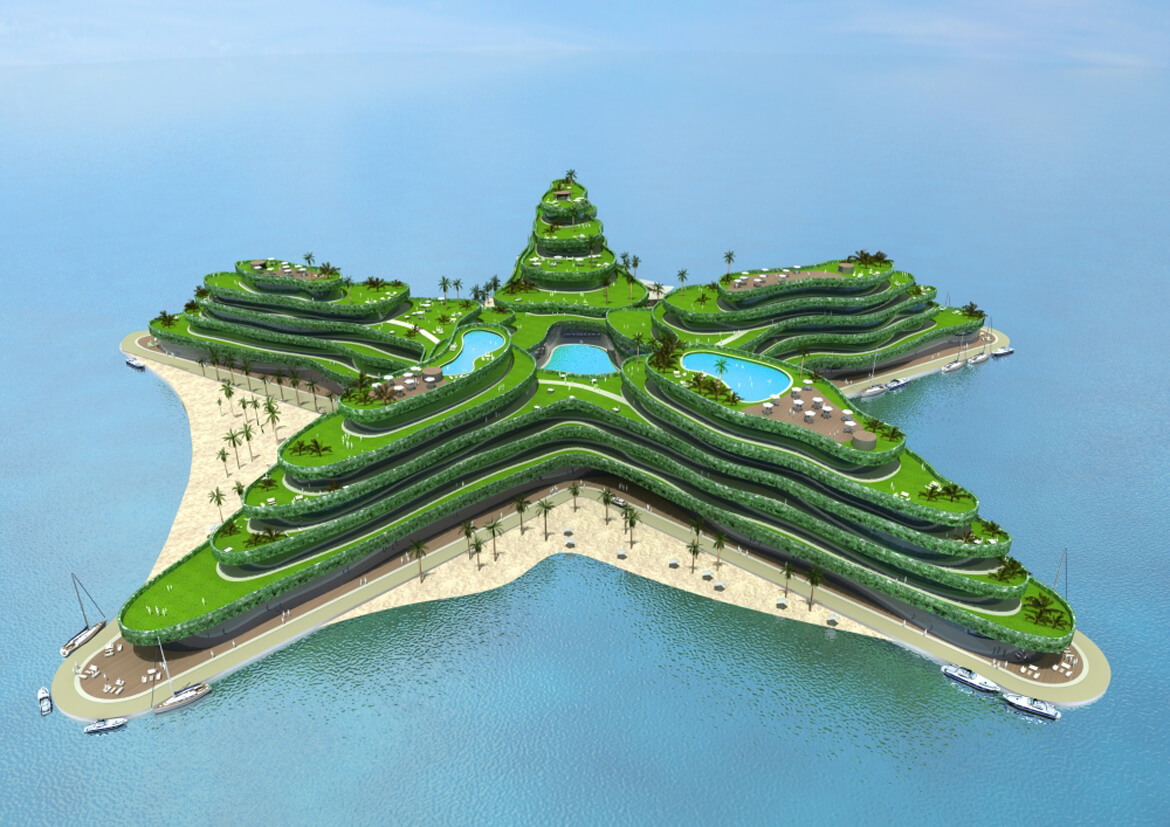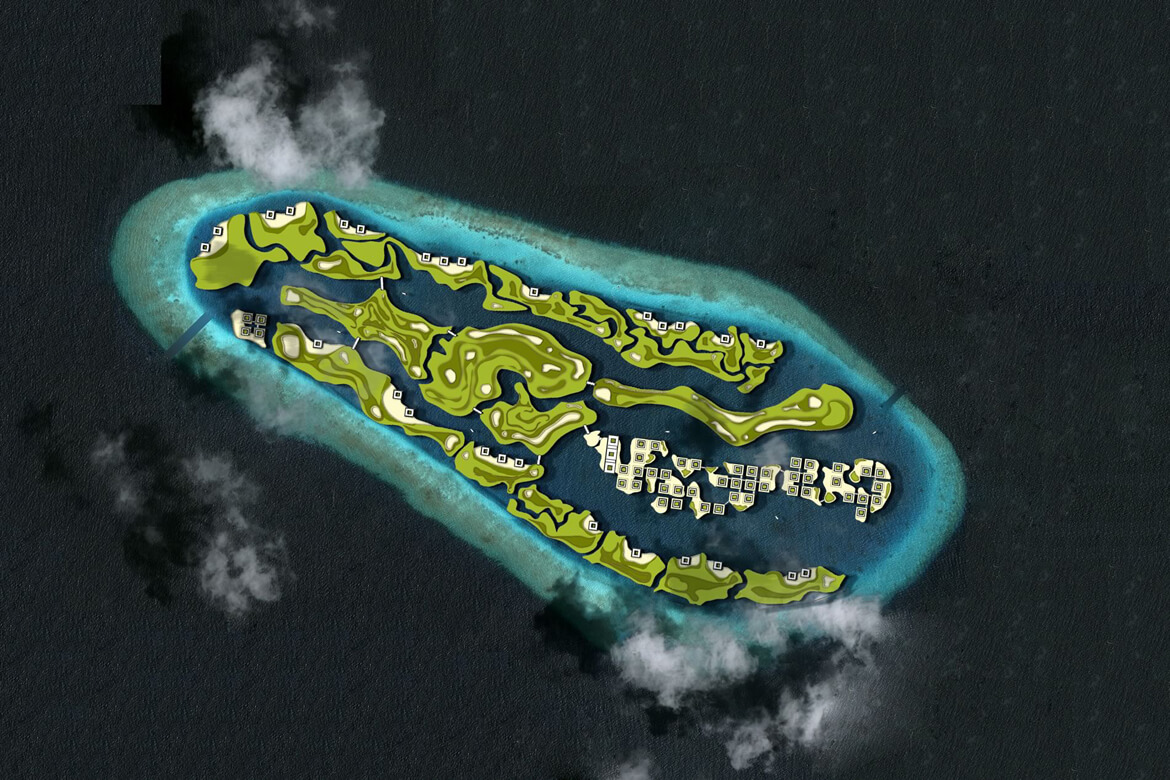
From ‘sustainability to sustainaquality’ – The Five Lagoons Project



Marinaworld, Charlotte Niemiec, March 2013
Nestled in the Indian Ocean between Minicoy Island and the Chagos Archipelago, the Maldives comprise a chain of 26 atolls made up of islands and reefs. Tropical weather, white sand and clear water make the islands a popular holiday destination and a haven for divers but, while the surrounding ocean teems with life, home to coral reefs, eels, sharks, turtles, dolphins, manta rays and over 1,100 other species of fish, rising sea levels pose serious threat. Charlotte Niemiec reports on an ambitious community and tourism project aimed at keeping the Maldives afloat. The average ground level in the Maldives is just 1.5m and the island’s president, Mohammed Nasheed, has warned that even a ‘small rise’ in sea levels would eradicate large parts of the area. Envisioning a future for its people of “climate refugees living in tents for decades” the Maldivian Government has teamed up with Netherlands- based company Dutch Docklands International in a Joint Venture Project to build a solution to the problem in the form of man-made floating islands. The ‘5 Lagoons Project’ will provide housing, entertainment and guest complexes for visitors to the Maldives, expanding its footprint and further bolstering the area’s tourist economy. A star-shaped hotel and conference centre – the ‘Green Star’ – symbolises the Maldives route to combat climate change. Its many five- star facilities will include pools, beaches and restaurants. A ‘plug and play’ system allows for each leg of the star to be private islands. The Ocean Flower will open mid-2014, with removed for easy refurbishment and a temporary one floated in and placed in position. It is hoped the centre will play host to international conferences on sea level rise, climate change and environmental issues. It is scheduled to open in 2015. Across the water, relaxation is to be found at an 18-hole floating golf course. With panoramic ocean views, golfers can enjoy the driving range, short games practice areas, putting greens and a 9 hole par 3 Academy course. A separate area on the island provides romantic homes and townhouses in Venetian style, in a village offering boutiques, ice cream parlours, restaurants, bars and ultra- luxury palatial style villas. Movement around the island – assembled in archipelago form – is via bridges or glass tunnels in the ocean, which give guests the opportunity to enjoy the area’s sea life up close. A marina of international standard will also be built on this island. Amillarah – the Maldivian word for private island – will consist of 43 floating islands offering luxury $10 million villas for sale to the public.
Facilities will include a private beach, pool and green area, private jetty and small pavilion on a purpose-built island (the shape of which the buyer can design in advance), situated in the centre of an exclusive, large private water plot just a short swim away from the coral reefs. For those who baulk at the price tag, a separate development, the ‘Ocean Flower’ offers less expensive housing starting at $1 million. The Ocean Flower is located upmarket in the North Male atoll, 20 minutes by boat from the capital and airport, and will offer villas on three different scales. All have private pools and terraces and are fully furnished, while shared facilities include a beach, shops, restaurants, a diving centre, spa, swimming pools and easy access to the surrounding private islands. The Ocean Flower will open mid-2014, with construction beginning soon.
Finally, the White Lagoon project consists of four individual ring-shaped floating islands each with 72 water villas connected. The rings function as beach-boulevards with white sand and greenery. A marina will be built inside the rings and a variety of restaurants, bars, shops and boutiques will be available.
Dutch Docklands is the master developer of the project and it controls the design, engineering, financing, construction and sales. It has appointed Waterstudio.nl as its architectural firm. Dutch Docklands CEO, Paul van de Camp, is excited about the project, viewing it as the beginning of large- scale floating projects in the area. He believes that if the project is successful, it will have proved the ability of the Maldives to combine the preservation of vulnerable marine life while expanding land for the reinforcement of tourism and urban developments at the same time. The project is an equally important one for the company and will be used as a benchmark business model for concepts around the globe. The joint venture with the Maldivian Government, which brings the needs and demands of the nation together with the commercial aspirations of Dutch Docklands is, van de Camp says, a very solid and long- lasting basis for such a big project.
Understandably, there are significant challenges to be faced when building on water. The biggest, van de Camp explains, is logistics: “We build most of the floating structure off-site, in
a production yard outside the Maldives, and larger parts in the shipyards around the Indian Ocean and in the Netherlands To get all the floating products there at the right moment (‘just-in-time’ management) at the final location ready for assembling is a pretty tough task.”
However, building on the ocean also has distinct advantages over building on land, as Dutch Docklands’ co- founder Koen Olthuis explained last year at the UP Experience Conference in Houston, USA. In the open ocean, tsunami waves are mere ripples beneath a structure that floats; water is the perfect shock absorber to seismic waves; and concerns over sea-level rise are eliminated when your home rises with it.
The islands will be constructed using patented technologies, which include the use of very lightweight Expanded Polystyrene (EPS) components and strong concrete structures. In line with Dutch Docklands’ focus on ‘scarless developments’, the materials used are environmentally-friendly, causing hardly any impact to marine life. Paul van de Camp emphasises that any possible impact on the environment is noticed upfront, while the design is on the drawing board. Using the expertise of marine specialists, marine engineers and environmental consultants, the design is adjusted at the first sign of negative impact.
At a cost of over $1 billion and funded by private shareholders, the developments are luxury resorts, catering for the more elite visitor. But van de Camp explains that the 5 Lagoons Project aims to provide a whole range of resort and business activities from reasonably-priced to ultra-luxurious. The Green Star hotel will provide the best-priced rooms, with the floating palaces in the golf course at the top end of the market.
With headquarters in The Netherlands, Dutch Docklands has a long and varied history with water. Its home country has battled against water for centuries – 20% of the country lies below sea level and water is controlled using dikes and canals. Koen Olthuis has a vision of the future in which we do not fight water but live with it and upon it. A man inspired by out-of-the- box inventions such as the elevator, which allowed cities to build up rather than span out horizontally, Olthuis sees water as another platform on which to build. It is his belief that, as so many of the world’s cities lie close to water, we should utilise this space and not just defer to the argument that there is no more space. Paul van de Camp shares this vision of a future in which floating developments are commonplace, creating new space and saving threatened ocean nations